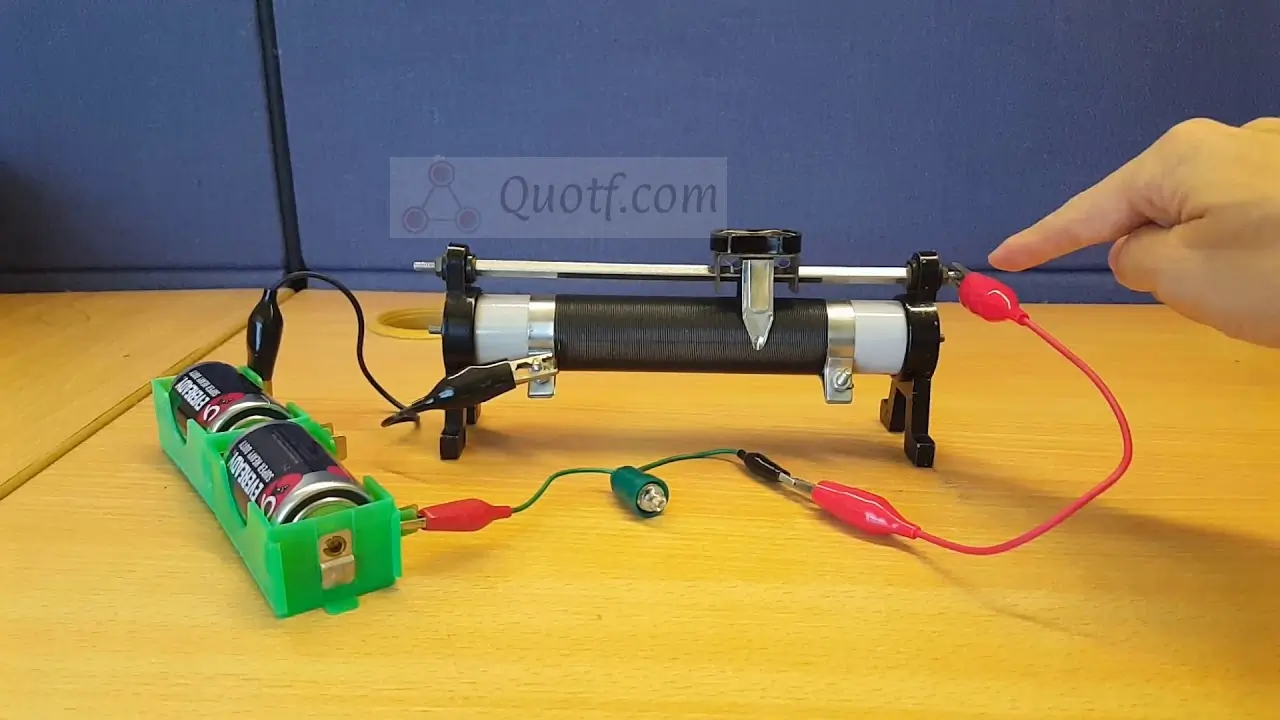What A Rheostat Is & What You Can Do With It

If you think of a thermostat, you probably think of an automatic device that makes sure the temperature in your home is always comfortable. A rheostat is a little different, though it is still an automatic device. The word “rheostat” comes from the Greek word for “rheos,” which means “to flow.”
A rheostat is a variable resistor that regulates current in an electrical circuit. Rheostats are used to regulate electrical flow and create gradual increases or decreases in light, speed, temperature, or pressure. The value of the current is changed by adjusting the rheostat’s resistance. They can be adjusted to change the current without breaking the circuit.
They maintain a consistent current flow through its circular dial, which allows you to turn the device on and off without interrupting the current. A rheostat can be used in a number of different applications, including light dimming and motor control. Rheostats are also used to control the brightness of an LED screen. It is a simple way to control the power going to lights, motors, and other electric devices.
A rheostat has two wires on it. One wire is connected to the power supply and the other is connected to the device that needs power. The two wires are attached to a sliding contact that can move up and down the rheostat.
The amount of power going to the device is determined by how far the contact is moved up or down the rheostat. As the contact moves closer to the power supply, more electricity flows through the wires and into the device.
Rheostats come in two basic types: Rotary and Linear. A rotary rheostat has four wires coming from it: one for power supply, one for ground, and two for connecting to the device. One wire is attached to the center shaft of the rheostat and the other wire is attached to a piece that spins around the shaft. As you spin the piece, you change the amount of power going to the device.
A linear rheostat has only two wires coming from it: one for power supply and one for connecting to the device. The two wires are attached to a sliding contact that can move up and down inside a tube that has markings on it. As you move the sliding contact up or down in the tube, you change how much power flows through the wires.
Rheostats are very important in electronics and have been used for many years. They are used in many different types of circuits, such as circuits that control motors, lighting, heating, and more. It is important to have a good understanding of how a rheostat works in order to properly use them in circuits.
In addition to providing resistance, a rheostat may also provide other very important functions including voltage regulation and current regulation. A typical example of a rheostat would be an adjustable light switch where one can adjust the amount of power going through it by turning the knob on the side of the switch. The more you turn the knob towards the off position (the less power), the lower the resistance will become.
Rheostats work by controlling how much emf is delivered to the circuit, which in turn controls how many current flows through it. Rheostat is differs from a potentiometer in that the rheostat allows for continuous adjustment of the resistance, whereas potentiometers are typically mechanical devices with discrete settings.
Rheostats are most often found in home appliances like televisions and microwaves where they control motor speed. It can be used to adjust current without breaking the current’s flow. Rheostats are used in many different industries such as automotive, consumer electronics, and power generating plants.
Rheostat consists of two parallel metal plates with a layer of insulation between them. The metal plates are attached to two ends of a coil wound around a magnet. When you run electricity through the coil, the plates become electrically charged and they either attract or repel one another. If you slide a metal knob along the rheostat’s shaft, you change the charge on the metal plates and so you can control the amount of electric current flowing through the coil.






